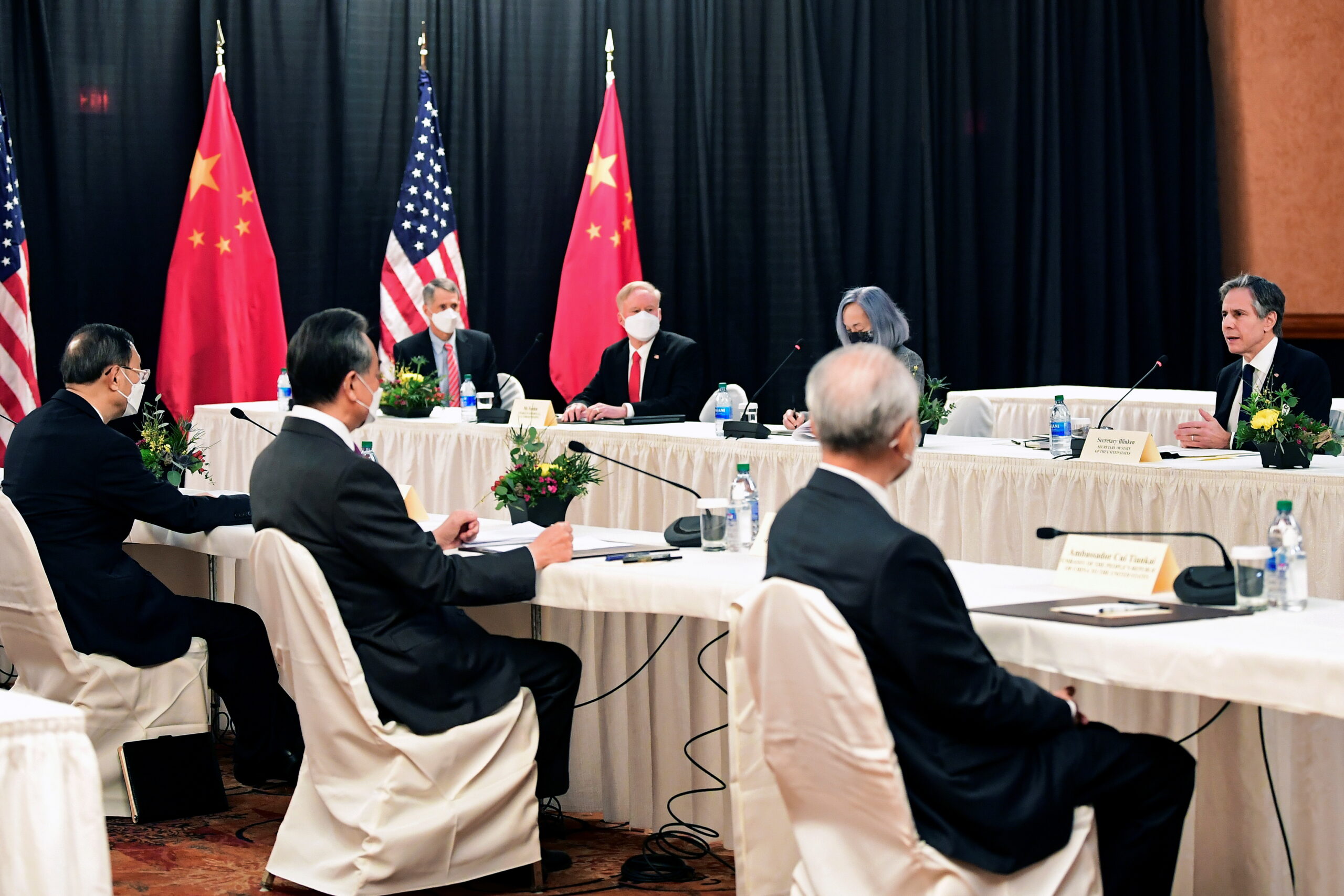How to Break the Impasse in U.S.-China Crisis Communication
Despite the clear (and arguably growing) possibility of a future Sino-American crisis or even conflict over Taiwan or some other contentious issue and the fact that senior American and Chinese leaders have at times endorsed the need for more effective crisis avoidance interactions, little of real substance has actually been done to address the danger. Indeed, military-to-military talks have been on pause since Beijing suspended them in August 2022 after then-speaker Nancy Pelosi’s trip to Taiwan. As U.S.-China competition continues to intensify, it is critical that Washington and Beijing break this impasse by devising fresh approaches to avoid conflict altogether.
Existing crisis management mechanisms or procedures consist primarily of physical communication links between the two militaries and governments and non-binding agreements on guidelines and procedures for avoiding or de-escalating local military incidents at sea or in the air. This glaring deficiency stands in at least partial contrast with bilateral efforts taken on the track 1.5 or 2 levels, which have included years of detailed dialogues and crisis simulations between both military and civilian interlocutors designed to identify sources of crisis escalation and mechanisms and procedures for reducing the severity of possible future Sino-American crises.
This essay will briefly examine why such little progress has occurred in track 1 crisis communication talks between the United States and China, offer some ideas on how to move the dialogue forward, and look at what role track 1.5/2 talks might play in this process.
Read the full piece in the United States Institute of Peace.
